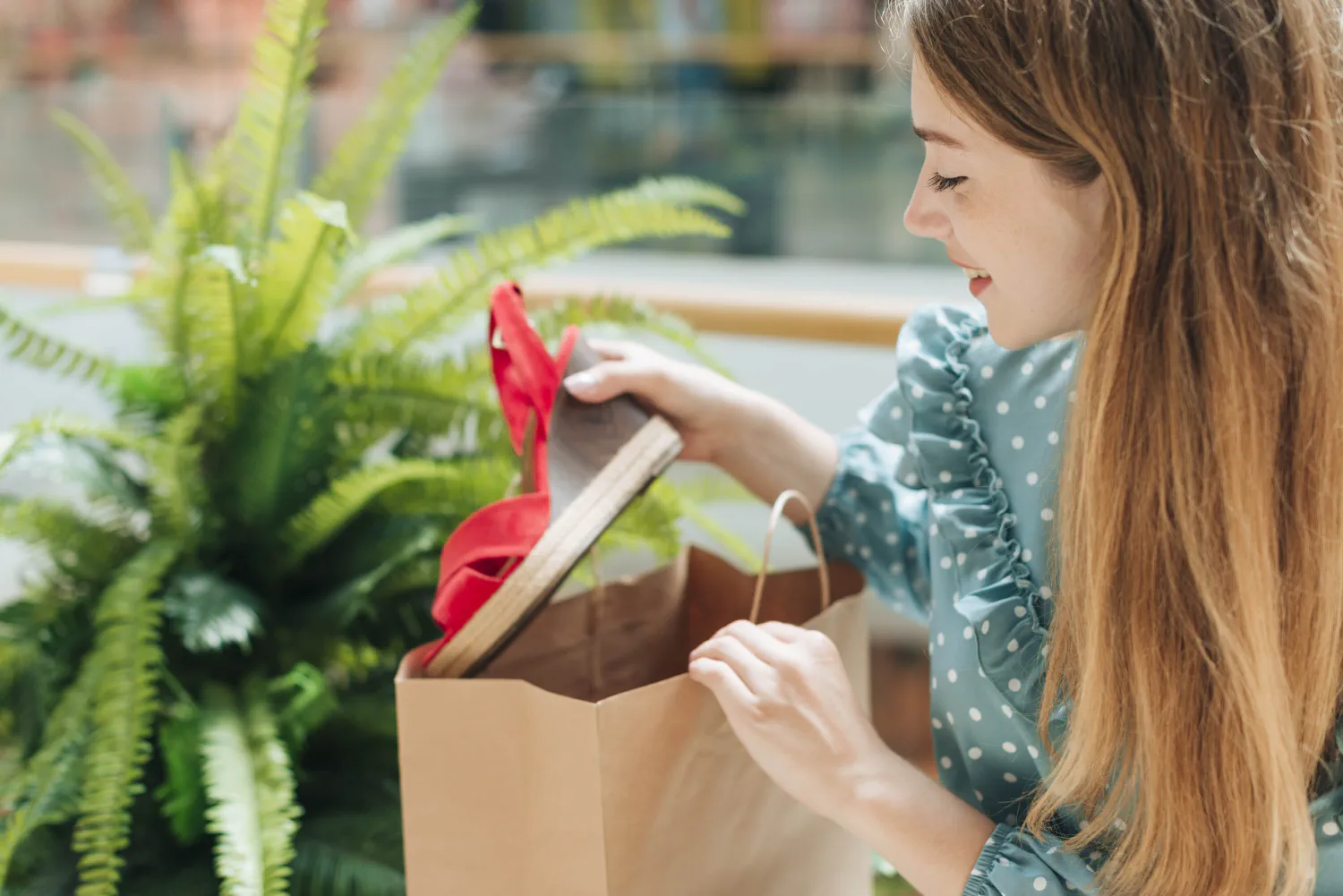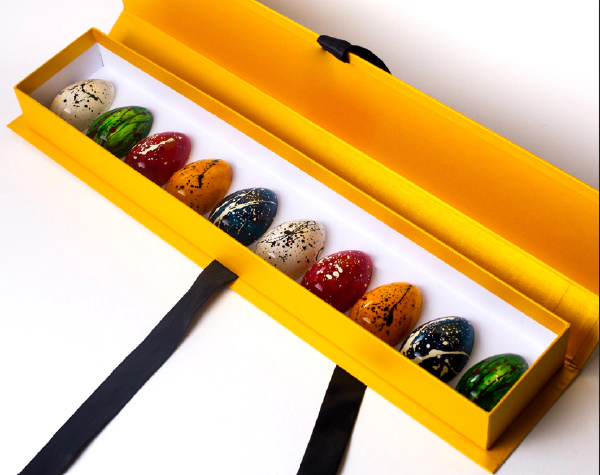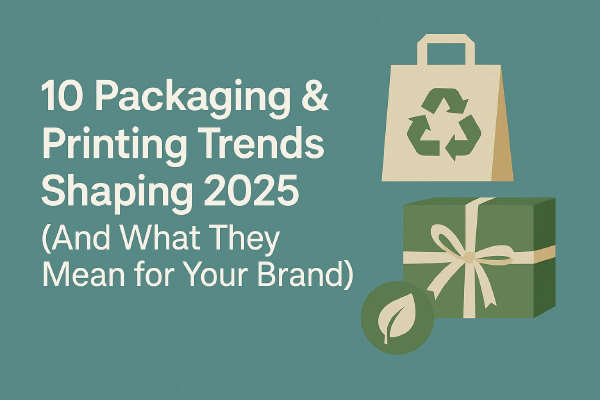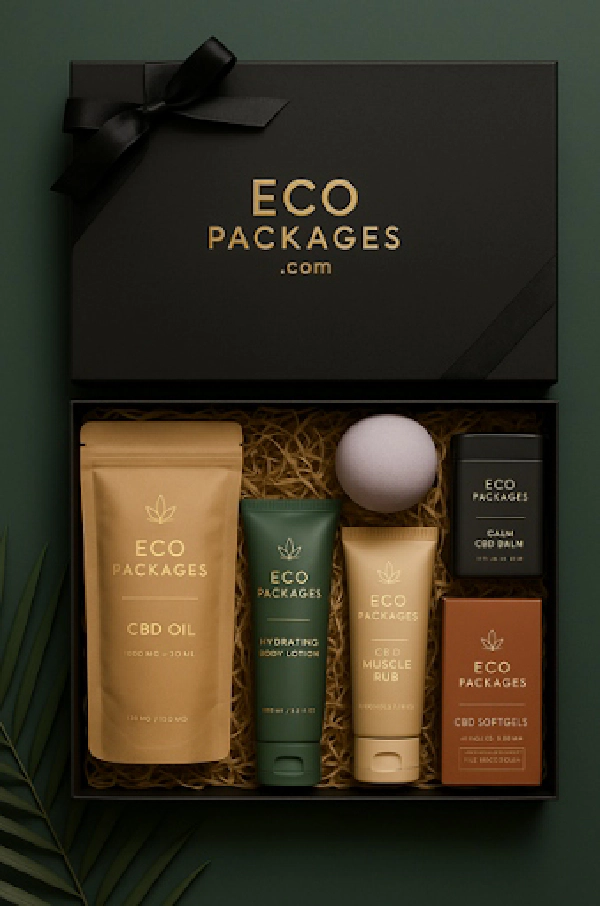Eco vs. Traditional: Why Sustainable Packaging Outshines Conventional Options
In today’s world, where environmental concerns are at the forefront of global discussions, the packaging industry is facing increasing pressure to reduce its environmental footprint. Traditional packaging, predominantly made from plastic and other non-renewable materials, contributes heavily to climate change, ocean pollution, and biodiversity loss. Fortunately, sustainable packaging offers an eco-friendly alternative that benefits both businesses and the planet. By aligning with global Sustainable Development Goals (SDGs), particularly SDGs 13, 14, and 15, sustainable packaging is becoming not just a trend but a necessity.
SDG 13: Climate Action — Reducing Carbon Emissions
The Problem:
Traditional packaging, especially plastic and non-recyclable materials, is a major contributor to carbon emissions. According to the Ellen MacArthur Foundation, using virgin materials in packaging increases carbon emissions by 30% compared to recycled alternatives (2022). Packaging accounts for a significant portion of global carbon emissions, making it a prime target for climate action.

The Solution:
Eco-friendly packaging materials, such as recycled paper, biodegradable plastics, and plant-based packaging, drastically reduce carbon emissions. Recycled paper, for instance, cuts emissions by 28% compared to its virgin counterpart (Ellen MacArthur Foundation, 2022). Additionally, carbon-neutral manufacturing processes and renewable energy usage in production further reduce the overall carbon footprint of sustainable packaging solutions.
Company Practices:
At Eco Packaging, we have adopted a circular design approach, focusing on using recycled materials that can be reused or repurposed. We also employ carbon-neutral manufacturing processes, where all emissions are offset through renewable energy sources and certified carbon credits. Our commitment to sustainability extends to the entire production cycle, ensuring that our packaging solutions contribute to a significant reduction in global carbon emissions.

SDG 14: Life Below Water — Tackling Ocean Pollution
The Problem:
Plastic waste is a leading cause of ocean pollution, endangering marine life. A 2021 study found that 90% of seabirds have ingested plastic, and the problem continues to grow. This pollution not only affects marine biodiversity but also impacts human communities that rely on healthy oceans for their livelihood (Science Journal, 2021).
The Solution:
Sustainable packaging made from compostable and biodegradable materials can help reduce the amount of plastic that ends up in our oceans. Materials like plant-based plastics and mushroom packaging break down naturally, posing no threat to marine life. Switching to eco-friendly alternatives can help keep our oceans clean and protect marine biodiversity.
Company Practices:
Eco Packaging’s commitment to SDG 14 includes using only biodegradable, compostable materials that do not harm aquatic life. Our packaging solutions are designed to break down naturally, preventing long-term environmental damage. Additionally, we actively educate our clients on the importance of responsible disposal, supporting ocean conservation efforts through partnerships with organizations dedicated to reducing ocean plastic pollution.
SDG 15: Life on Land — Protecting Biodiversity
The Problem:
Traditional packaging, particularly plastic, contributes to land pollution and disrupts ecosystems. Landfills, overflowing with non-degradable packaging materials, threaten the delicate balance of ecosystems. According to the World Wildlife Fund (2023), forests, which are home to a vast array of species, are being destroyed at an alarming rate to make way for unsustainable packaging production.
The Solution:
Sustainable packaging plays a crucial role in preserving biodiversity and maintaining healthy ecosystems. By opting for FSC-certified paper or materials sourced from responsible suppliers, companies can support the conservation of forests and other natural habitats. These sustainable materials reduce deforestation and promote land conservation, ensuring a future where wildlife and plant species can thrive.
Company Practices:
At Eco Packaging, we use FSC-certified materials that support sustainable forest management practices, helping preserve over 300 million acres of wildlife habitats (WWF, 2023). Our commitment to land conservation is evident in our dedication to sourcing all our materials from certified suppliers who follow strict environmental standards, ensuring that the forests that supply our packaging remain intact for future generations.
Client Benefits: Why Businesses Should Make the Switch
Adopting sustainable packaging not only supports the environment but also offers numerous benefits for businesses. Consumers today are increasingly environmentally conscious, and packaging plays a crucial role in their purchasing decisions. In fact, studies show that brands using eco-friendly packaging see a 63% increase in consumer trust (Nielsen, 2024).
Additional Benefits for Brands:
- Cost Savings: By reducing waste and streamlining packaging processes, companies can cut costs while contributing to a circular economy.
- Regulatory Compliance: With increasing bans on plastic and growing environmental regulations, adopting sustainable packaging helps companies stay ahead of compliance requirements.
- Market Growth: Eco-conscious brands are gaining traction in the marketplace, expanding their customer base as more consumers demand sustainable products.
Conclusion: Eco Packaging – Leading the Way Toward a Sustainable Future
At Eco Packaging, we believe that sustainable packaging is not just an industry trend but a fundamental responsibility. By choosing our eco-friendly solutions, businesses can significantly reduce their carbon footprint, protect marine ecosystems, and help preserve biodiversity. Our commitment to quality, innovation, and sustainability drives us to continuously improve and offer solutions that benefit both the planet and your bottom line.
As more businesses, just like Eco Packaging, pave the way in offering responsible packaging options, we invite you to join us in making a positive impact. Together, we can create a cleaner, greener, and more sustainable future for generations to come.

Make the eco-conscious choice today with Eco Packaging — where sustainability meets innovation.
Citations
- Ellen MacArthur Foundation. (2022). “Recycled paper cuts emissions by 28% vs. virgin materials.”
- Science Journal. (2021). “90% of seabirds ingest plastic; compostable packaging reduces ocean toxicity.”
- World Wildlife Fund (WWF). (2023). “FSC-certified forests preserve 300M+ acres of wildlife habitats.”
- Nielsen. (2024). “Brands with Eco Packages see 63% higher consumer trust.”




